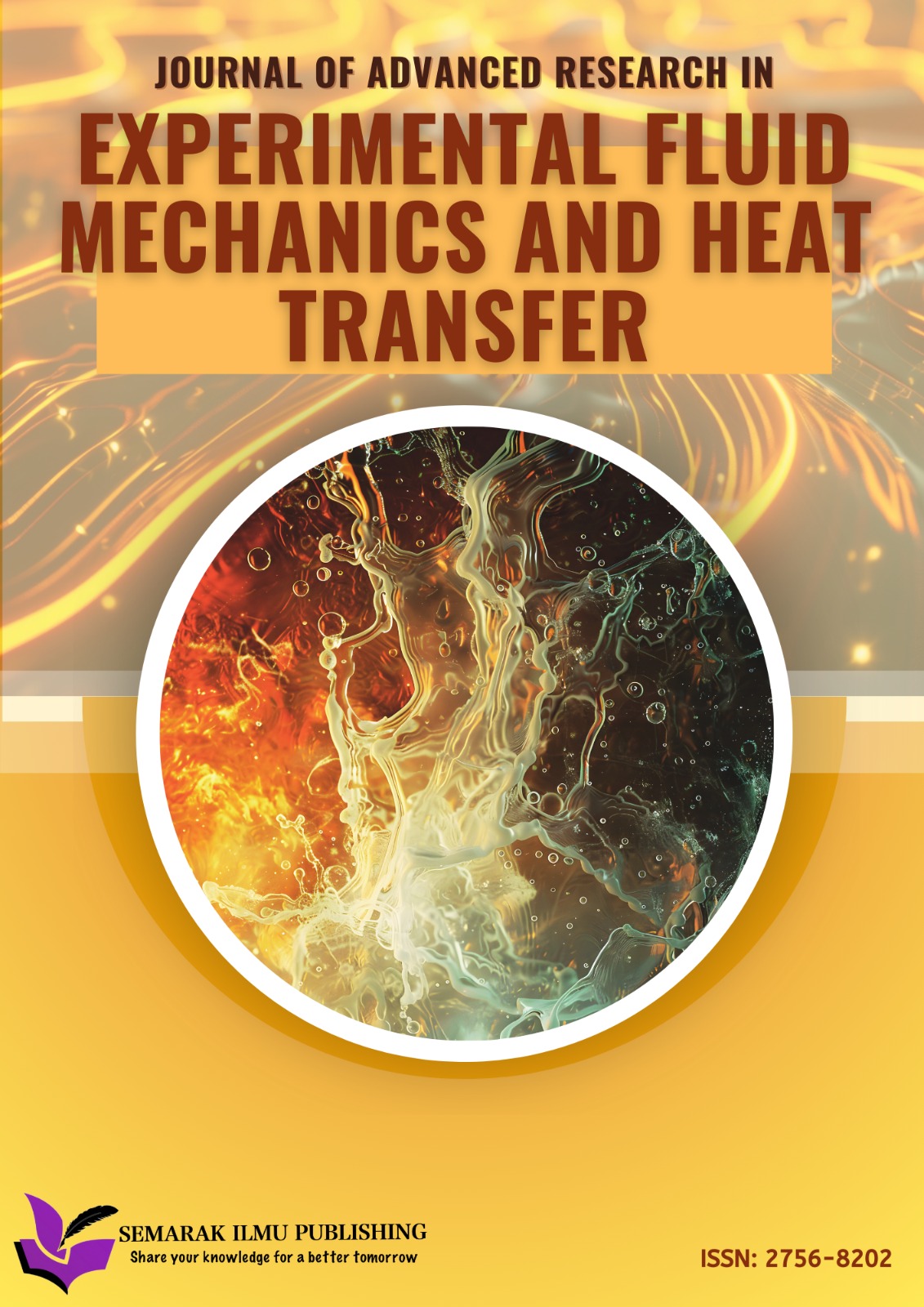Influence of Superplasticizer Dosage on the Workability and Compressive Strength of Tenera Oil Palm Shell Concrete
DOI:
https://doi.org/10.37934/araset.31.1.383394Keywords:
Oil palm shell concrete, superplasticizer, Tenera OPSAbstract
This paper investigates the effects of superplasticizers (SP) on Tenera oil palm shell concrete (Tenera OSPC) in comparison to normal weight concrete (NWC) with similar strengths. Two types of Tenera OSPCs were examined: one with coarse-sized aggregates (coarse OPSC) and the other with fine-sized aggregates (fine OPSC). Two methods were employed in this study: in the first method, SP was added while maintaining a constant water-to-cement (w/c) ratio, and in the second method, the water content was reduced by adding SP while keeping the slump similar to the original mix without SP. The results of the first method indicate that a maximum SP dosage of 0.3% is optimal for both types of Tenera OSPC, although it is recommended to use a lower dosage for fine OPSC to prevent segregation. For the second method, it was found that SP dosages of ≤1% are not as effective as observed for NWC when the w/c ratio is reduced, indicating that higher dosages are required. The study identified that SP does not function as intended with Tenera OSPC most probably due to the chemical processes involved.
Downloads


























